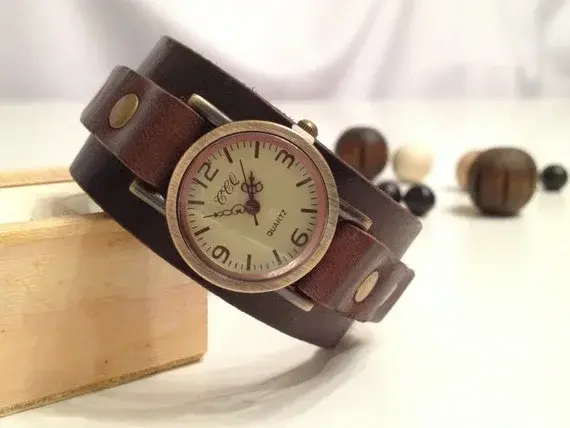padders
··Oooo subtitles!To the OP, do you know the serial? If it’s greater than ~20m that too indicates a high likelihood of tritium. The changeover was around there or just before.
Tritium lume emits only beta particles which is mostly attenuated by the crystal or in the open air a single sheet of paper. It is not much of a hazard vs radium which kicks out alpha and gamma radiation: different gravy.
Beta emitters are safe enough to give to idiot students to play with on a workshop the bench. Ask me now I know.
Tritium lume emits only beta particles which is mostly attenuated by the crystal or in the open air a single sheet of paper. It is not much of a hazard vs radium which kicks out alpha and gamma radiation: different gravy.
Beta emitters are safe enough to give to idiot students to play with on a workshop the bench. Ask me now I know.
Edited:
